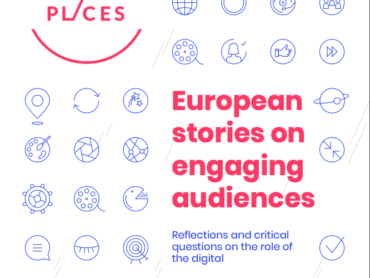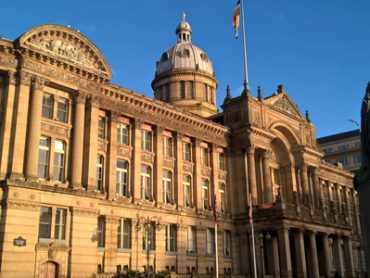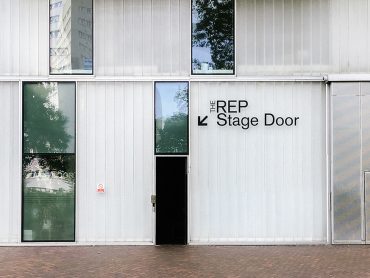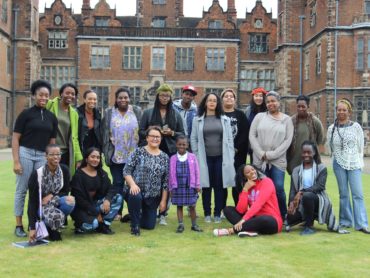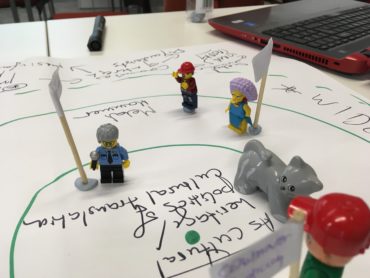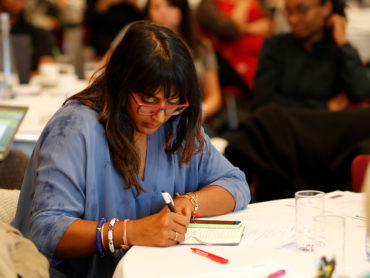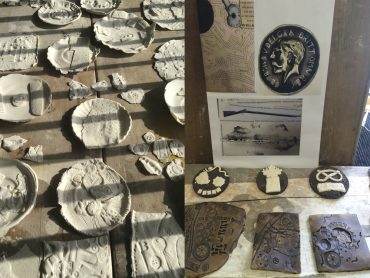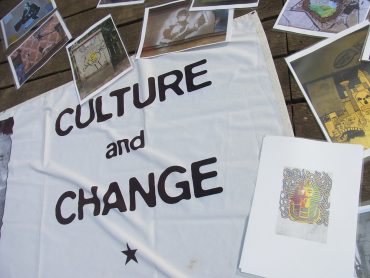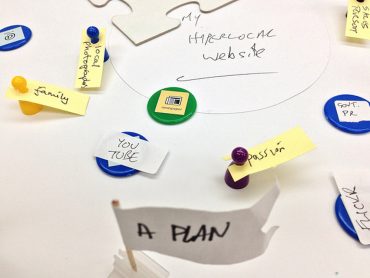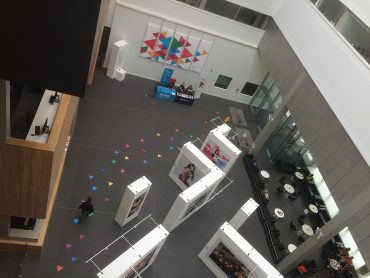Cultural Leadership and Diversity: from RE:Present to ASTONish

Last year I evaluated RE:Present16, a pilot programme which sought to address a lack of diversity in Birmingham’s cultural leaders. The research culminated in a symposium at Birmingham Hippodrome, which was a great space for celebrating and reflecting on what the programme had achieved. But as we discussed, a project such as RE:Present16 is a drop in the ocean when there are so many structural, cultural and economic challenges, as articulated by Rebecca Hemmings in Arts Professional.
One of the problems highlighted in my evaluation report is the need to engage with a variety of networks, to move away from the usual suspects, and to form new relationships. A key impact of RE:Present16 is that it did just that. The intensity of the programme enabled the 40 or so participants to forge new connections and a year later, I can see evidence of this. For instance: there is an informal group for sharing and discussing new projects which meets regularly; several members of the cohort have employed other members; and there are discussions about collaborative projects.
Furthermore, an outcome of the programme it that it has led to some participants to situate themselves within the context of Birmingham and a wider cultural landscape. The relationship between place and cultural work is discussed by scholars such as Banks (2006) and Luckman (2012) who find this to be a positive and motivating factor for cultural workers. In this case, the possibility of making a difference in Birmingham is reflected in the participants’ comments as either contributing to representations of place or to the infrastructure, in their role as cultural leaders.
And this aspiration is an important aspect of the new programme, ASTONish, which is rooted in the idea of developing and nurturing talent in Aston and Newtown, in Birmingham. Following the closure of the local arts centre, The Drum, Birmingham City Council and Arts Council England established Aston & Newtown Arts Commissioning 2016-18 project which has funded ASTONish to develop a training programme, with the aim of strengthening local cultural infrastructure. Having attended the launch and the introductory session of ASTONish, a resounding motivation for participants is their loyalty to the area, to the community and particularly nurturing young people through cultural engagement. As part of our evaluation of the programme, I aim to situate the research within the local cultural landscape. The issue locally is not a lack of activity or representation, but a question of how to make current activities more sustainable and how to be more strategic? Borrowing from Rebecca’s post, why aren’t these people playing a strategic role in Birmingham’s arts and cultural institutions? ASTONish seeks to tackle this by creating a programme:
‘…to develop a diverse group of cultural and creative leaders and entrepreneurs who will be able to create high quality art within their community creating both high quality experiences for audiences but equally create a cultural ecology within Aston and Newton…’ https://www.astonishleadership.com/what-we-do



